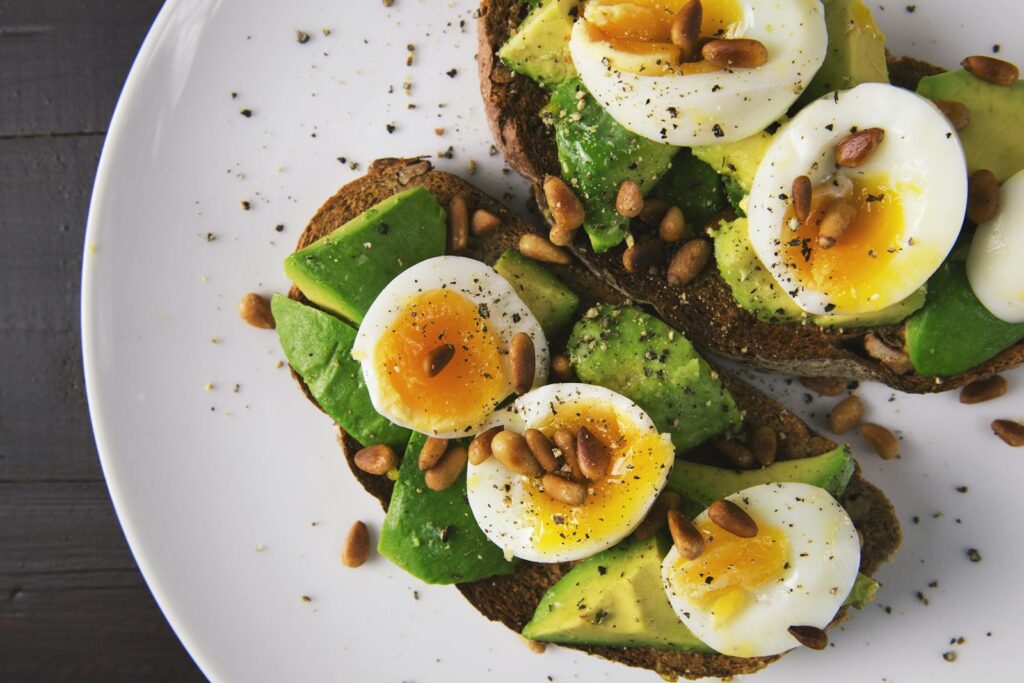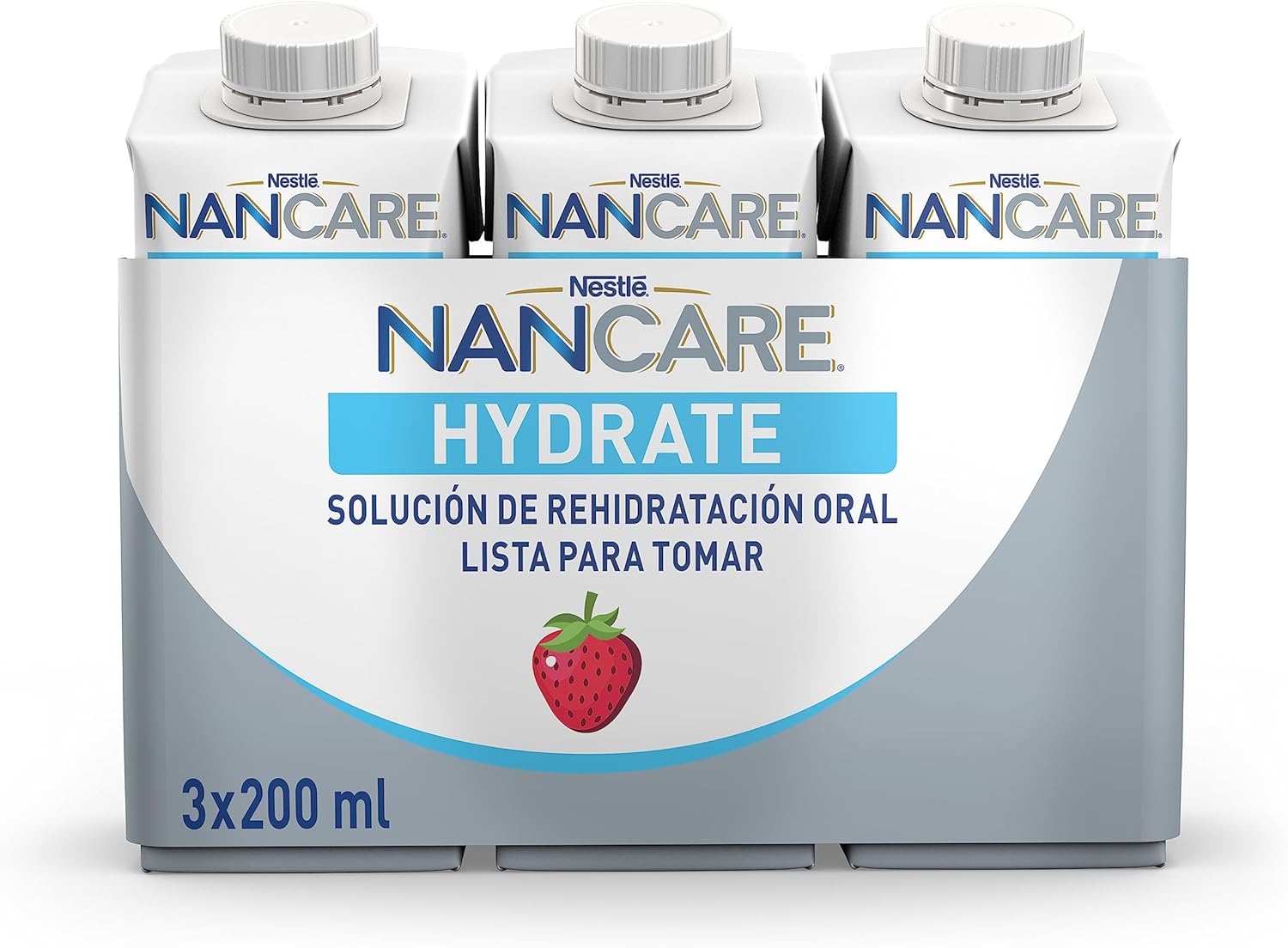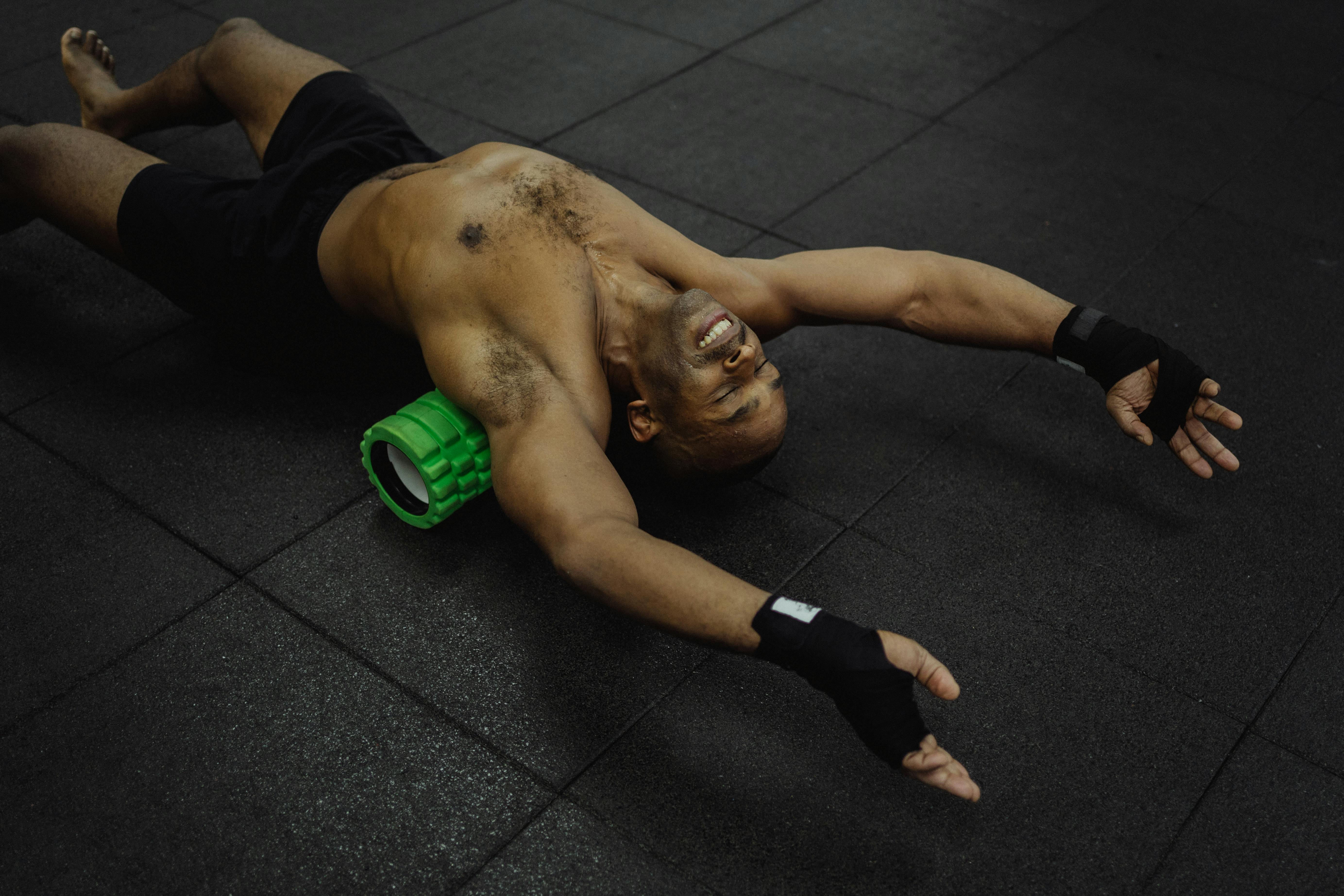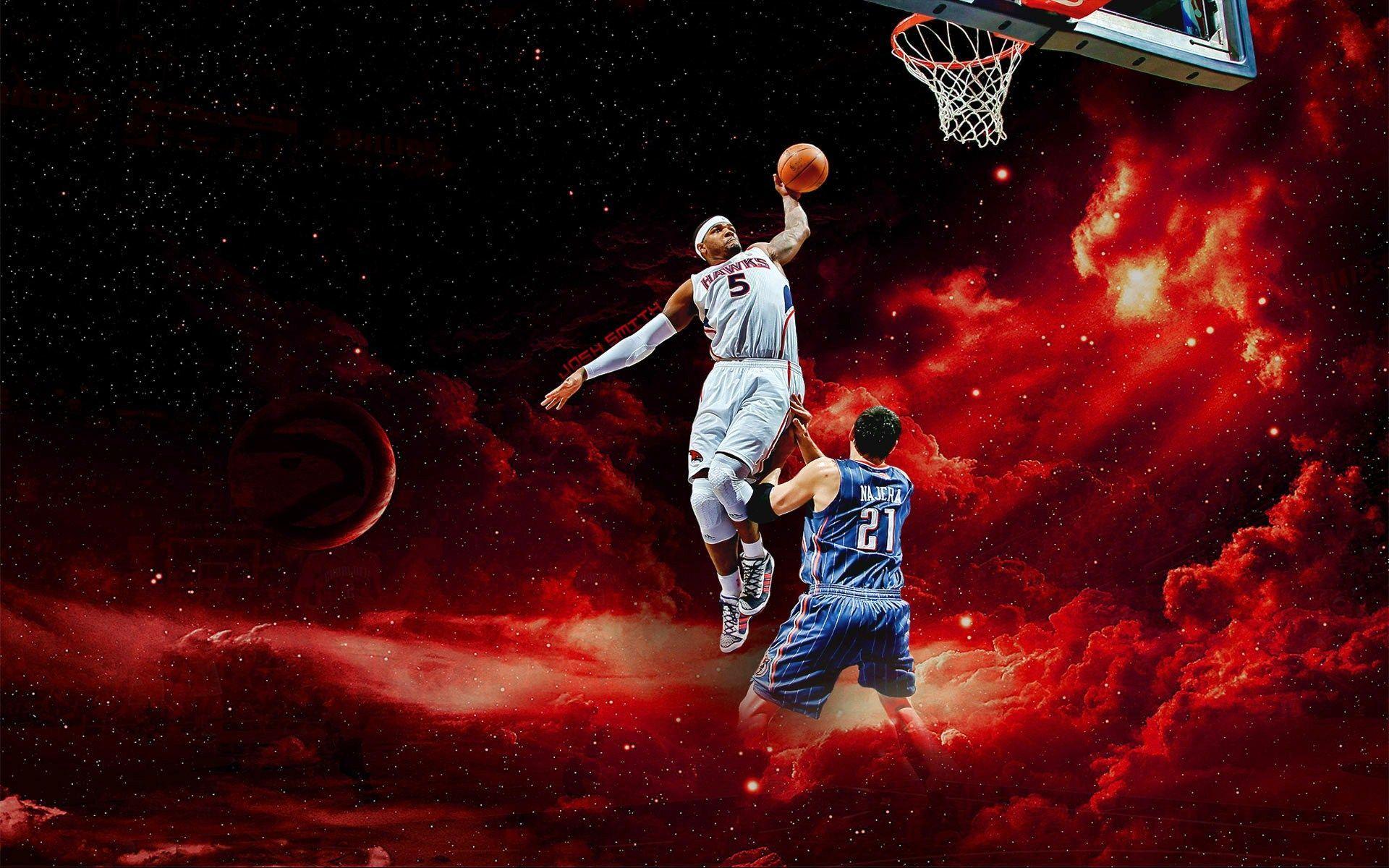
The relentless pursuit of peak performance isn’t just about how hard you train; it’s profoundly shaped by what happens *after* you train. Many athletes, from weekend warriors to seasoned professionals, pour countless hours into their workouts. Yet, the true magic of adaptation and growth, the transformation that makes you stronger and faster, unfolds during the often-overlooked downtime. This crucial recovery phase is where your body meticulously repairs microscopic muscle damage, replenishes depleted energy stores, and systematically strengthens itself for the next challenge.
Neglecting this vital component hinders progress, significantly increases injury risk, invites chronic fatigue, and leads to performance plateaus. The difference between good performance and sustained excellence often hinges on your recovery protocols. Elite performers treat recovery with the same seriousness as training, recognizing it as a biological necessity.
This comprehensive guide offers a detailed roadmap of the most effective, science-backed recovery methods professional athletes employ. We’ll dive into a powerful toolkit of proven strategies, from immediate post-workout nutrition to targeted physical therapies. Adopting these expert-level techniques unlocks your body’s full potential for resilience, growth, and sustained excellence, ensuring you bounce back faster and build a more robust, injury-resistant physique.

1. **Refuel With Protein & Carbs in the Anabolic Window**Right after an intense workout, your muscles are primed and highly receptive to absorbing nutrients, initiating crucial repair. This critical period, known as the “anabolic window,” typically lasts for the first 30 to 60 minutes post-exercise. During this time, your body efficiently utilizes incoming nutrients to begin rebuilding and replenishing.
To capitalize on this prime recovery opportunity, consume a balanced meal or shake within this 30 to 60-minute window. Focus on 20 to 40 grams of high-quality protein (like whey, casein, soy, or eggs) alongside 40 to 60 grams of carbohydrates (such as rice, oats, fruit, or potatoes). Protein provides vital amino acids to rebuild damaged muscle fibers, while carbohydrates rapidly refill depleted glycogen stores, essential for restoring energy.
Multiple studies, including research cited by GSSI in 2025, consistently demonstrate that prompt refueling with this protein and carb combination leads to superior muscle protein synthesis and reduced post-exercise soreness, underscoring its foundational importance for immediate recovery.
Read more about: Beyond the Hype: 14 Enduring Food & Health Myths That Men Need to Stop Believing Right Now

2. **Hit Your Daily Protein Target**While immediate post-workout nutrition is important, your overall daily protein intake is arguably the biggest dietary factor influencing muscle repair and growth. It’s about consistently providing your body with necessary amino acids throughout the day, ensuring a constant supply for ongoing muscle protein synthesis and minimizing muscle breakdown.
For active individuals and athletes, consume between 1.6 to 2.2 grams of protein per kilogram of body weight daily. For instance, a 75kg person should aim for 120 to 165 grams. Spreading this intake across four to five meals is recommended for optimal muscle protein synthesis, providing a steady stream of amino acids for continuous repair.
Best sources include lean meats like chicken and fish, eggs, low-fat dairy, tofu, tempeh, and protein powders. This recommendation is robustly supported by leading organizations like the American College of Sports Medicine, the International Society of Sports Nutrition, and numerous 2024-2025 meta-analyses, highlighting its non-negotiable role in recovery and athletic development.
Read more about: Unmasking the Metabolic Saboteurs: 14 Sneaky Habits Quietly Killing Your Metabolism and What to Do About Them

3. **Use Anti-Inflammatory Foods & Supplements**Intense exercise causes a temporary spike in inflammation. While beneficial for adaptation, excessive or prolonged inflammation slows recovery, impedes muscle repair, and prolongs soreness. Strategically managing this response is key for athletes aiming for peak performance.
Mitigate excessive inflammation through dietary choices focused on anti-inflammatory compounds. Incorporate omega-3 rich foods like salmon, sardines, walnuts, chia seeds, and flaxseed, or a high-quality fish oil supplement. Also, load up on polyphenol-rich foods, including tart cherry juice, turmeric, blueberries, blackberries, and green tea, all known to combat inflammation.
Specific supplements also offer targeted support. Fish oil (1-2g EPA/DHA), curcumin, and tart cherry extract have been shown in research, including findings from Riverside Sports Therapy in 2025, to effectively reduce muscle soreness and support the healing process. Integrating these intelligently helps athletes manage inflammation more efficiently, paving the way for faster recovery.
Read more about: Unmasking the Metabolic Saboteurs: 14 Sneaky Habits Quietly Killing Your Metabolism and What to Do About Them

4. **Hydrate and Replenish Electrolytes**Dehydration is a potent enemy of athletic recovery, impairing muscle repair, raising injury risk, and prolonging soreness. Every cellular function, from nutrient transport to waste removal, relies heavily on adequate fluid balance. During intense workouts, you lose not only water but crucial electrolytes—minerals regulating nerve and muscle function, hydration, and blood pressure.
A robust hydration strategy involves thoughtful replenishment of both fluids and electrolytes. Drink water consistently before, during, and after workouts. Following heavy sweating, actively replenish lost electrolytes like sodium, potassium, and magnesium with coconut water, sports drinks, bananas, leafy greens, or salty snacks.
The general hydration target for active adults is 3 to 4 liters per day, increasing if sweating heavily. Monitor urine color as a simple gauge: pale yellow indicates adequate fluid intake. As highlighted by the American College of Sports Medicine in 2025, prioritizing hydration and electrolyte balance is foundational for efficient recovery and peak performance.
Read more about: The 14 Best Foods for Muscle Recovery That 15 Sports Nutritionists Recommend for Optimal Performance

5. **Active Recovery: The Power of Gentle Movement**Modern sports science emphasizes the immense benefits of active recovery—performing low-intensity exercise immediately post-workout or on a rest day. Unlike passive rest, gentle movement significantly improves blood flow to tired muscles. This enhanced circulation efficiently transports oxygen and nutrients while flushing out metabolic byproducts like lactate, which contribute to soreness.
This method accelerates natural repair without adding training stress. Professional athletes widely adopt it; NBA players do light shooting drills post-game, and marathon runners take slow jogs after races. The core principle is to maintain a low heart rate (30-50% of maximum) to facilitate recovery, not stimulate further adaptation.
To implement effectively, concentrate on gentle movements engaging worked muscles for 15-30 minutes, at an intensity allowing conversation. Perform it immediately after your main workout as a cool-down or on a rest day. Always listen to your body; active recovery should feel restorative, not strenuous. This technique is proven to reduce delayed onset muscle soreness (DOMS) and speed muscle healing, as evidenced by Peak Portland in 2025.
Read more about: Your Guide to the Power of Deload Weeks for Muscle Growth

6. **Foam Rolling & Static Stretching**Relieving muscle tightness, improving mobility, and easing post-workout soreness are critical for effective recovery. Foam rolling and static stretching are indispensable for athletes to maintain optimal movement quality and reduce injury risk. Foam rolling, a self-myofascial release technique, applies pressure to break up knots and adhesions in fascia and muscles, improving blood flow and releasing trigger points.
Following foam rolling, static stretching complements these benefits by lengthening muscles and increasing flexibility. While foam rolling addresses localized tension, static stretching focuses on improving overall range of motion around joints and enhancing muscle elasticity. This dual approach counteracts muscle shortening from training, correcting imbalances and improving posture.
Dedicate 5-10 minutes to foam rolling or using a massage ball after exercise, focusing on sore spots. Then, transition into static stretching, holding each for 15-30 seconds. Target commonly tight areas: quads, glutes, hamstrings, calves, upper back, chest, and lats. Research, including a 2020 PubMed meta-analysis, confirms foam rolling increases joint range of motion and supports recovery, while static stretching reduces stiffness and improves flexibility, making both fundamental for comprehensive post-workout care.
Read more about: Unlock Your Potential: 15 Science-Backed Strategies to Shatter Workout Plateaus and Ignite New Gains

7. **Cold, Heat & Contrast Therapy**Leveraging temperature for therapeutic effect is a time-tested approach to accelerate recovery, lower inflammation, relieve pain, and promote healing in fatigued muscles. This category encompasses individual applications of cold or heat, as well as the powerful combination known as contrast therapy. Each method elicits distinct physiological responses contributing to an athlete’s ability to bounce back faster.
Cold water immersion (ice baths, 50-59°F/10-15°C) reduces muscle soreness and inflammation. The cold constricts blood vessels (vasoconstriction), flushing metabolic waste. Upon rewarming, vessels dilate, increasing blood flow with fresh oxygen and nutrients for healing. This technique is a staple in professional sports, used by NFL teams and CrossFit Games athletes. Implement gradually (5-10 minutes), control breathing, and warm naturally, limiting frequency to 2-3 times per week.
Hot baths (98-102°F/37-39°C for 10-20 minutes) promote muscle relaxation, increase localized blood flow, and provide pain relief for stiffness. Heat soothes tight muscles, improves tissue elasticity, and enhances nutrient delivery. While effective for relaxation, its benefits are often amplified when combined with cold therapy.
Contrast therapy, alternating between hot and cold water, creates a “vascular pump” effect. Rapid constriction in cold and dilation in heat vigorously flushes metabolic waste like lactic acid from muscles. Simultaneously, it enhances circulation to deliver oxygen-rich blood and essential nutrients, accelerating tissue repair. This makes it highly effective for reducing soreness and inflammation.
Professional rugby teams and the Australian Institute of Sport champion contrast water therapy. A common protocol is a 3:1 or 4:1 hot-to-cold ratio (e.g., 3-4 minutes hot, 1 minute cold, repeating 5-10 times), always ending with cold. Stay well-hydrated. Consult a professional if you have cardiovascular conditions before attempting rapid temperature shifts, as outlined by Sports Med Rockies in 2025.
Read more about: America’s Best-Kept Secrets: 12 Unforgettable Destinations and Experiences Across the Nation

8. **Compression Therapy**Compression therapy involves using specialized garments or devices to apply consistent, graduated pressure to specific body areas. This external pressure significantly enhances blood circulation and lymphatic flow. It helps push deoxygenated blood and metabolic waste products from the limbs back toward the heart, where they are processed. This active assistance to your body’s natural processes reduces swelling and muscle soreness effectively.
By diminishing swelling, compression therapy allows your body to more efficiently deliver oxygen-rich blood and vital nutrients to damaged tissues. This creates an optimal environment for accelerated repair and healing. This mechanical support has solidified compression therapy’s role as a cornerstone in modern recovery protocols for athletes. It actively facilitates the body’s natural healing mechanisms, helping you bounce back faster.
This technique is a trusted staple in professional sports environments. NBA teams widely use pneumatic compression systems like NormaTec after intense practices. Tour de France cyclists often wear compression socks or tights overnight to aid leg recovery after grueling stages. For maximum benefit, use compression therapy within two hours of your workout, with pneumatic sessions typically lasting 20-30 minutes. Always ensure a proper, snug-but-not-restrictive fit for optimal results.
Read more about: Why Walking Is Your Health’s Best Friend: 12 Proven Benefits and Practical Tips for a Longer, Healthier Life

9. **Sports Massage and Soft Tissue Therapy**Sports massage is a highly targeted form of manual therapy, manipulating muscles, tendons, and ligaments. It uses deep pressure and specific strokes to improve circulation, break down scar tissue (adhesions), and relieve deep muscle tension. This active intervention goes beyond general relaxation, directly addressing the physiological demands of athletic training. It helps accelerate repair and enhance flexibility.
By targeting tight and overworked areas, sports massage significantly accelerates your body’s repair process. It restores muscle pliability and reduces injury risk by correcting imbalances. This comprehensive approach establishes sports massage as an indispensable recovery method for athletes. It integrates hands-on intervention with biological repair, making it a critical tool for maintaining peak physical health.
This hands-on approach is standard practice in professional sports. The US Olympic team employs full-time massage therapists to support athlete recovery. Professional tennis players often schedule daily sessions during grueling tournaments to combat fatigue. For best results, work with a qualified professional who understands athletic physiology. Communicate your needs clearly, detailing training, problem areas, and pressure preferences for a productive session.
Read more about: The Unbridled Twelve: 1970s Muscle Cars That Still Reign Supreme for Today’s True Enthusiasts

10. **Optimize Your Sleep for Recovery**Sleep optimization means maximizing both the quantity and quality of your sleep, going beyond just getting enough hours. It’s a strategic process that actively supports your body’s most critical repair processes. These include the vital release of growth hormone, intricate muscle tissue repair, and the consolidation of motor skills learned during training. This makes sleep a profoundly powerful and non-negotiable recovery method for all athletes.
Elite athletes prioritize sleep as a core performance strategy, not a luxury. Figures like LeBron James and Roger Federer famously aim for 10-12 hours of sleep nightly. Organizations like the Golden State Warriors invest in sleep specialists and advanced tracking technology. They ensure players achieve truly restorative rest, underscoring sleep’s fundamental role in sustained peak performance.
Effective sleep optimization requires a consistent routine and a controlled environment. Establish a strict sleep schedule, going to bed and waking up at the same time daily. Engineer your bedroom to be cool (65-68°F), completely dark, and quiet. Implement a “digital sunset” by avoiding screens for 60-90 minutes before bed, as blue light suppresses melatonin. Be mindful of stimulants like caffeine after 2 PM and evening alcohol.



